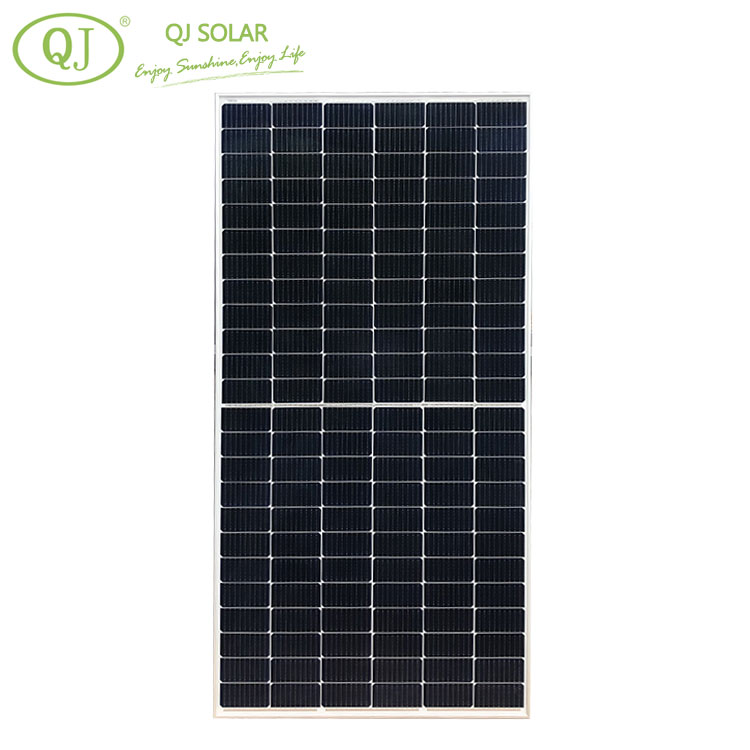Features and considerations for monocrystalline bifacial solar modules
2024-01-23
A monocrystalline bifacial solar module is a type of solar panel that utilizes monocrystalline solar cells and has the ability to capture sunlight from both the front and rear sides of the module. Bifacial solar panels are designed to increase energy production by utilizing reflected sunlight from surfaces below the panels, such as the ground or surrounding structures. Here are key features and considerations for monocrystalline bifacial solar modules:
1. Monocrystalline Solar Cells: Monocrystalline solar cells are known for their high efficiency and energy conversion rates. These cells are made from a single crystal structure, allowing them to be more efficient in converting sunlight into electricity compared to other types of solar cells.
2. Bifacial Technology: Bifacial technology allows the solar module to capture sunlight not only from the front side (the side facing the sun) but also from the rear side. This is achieved by using a transparent backsheet or glass on the rear side, enabling the module to capture and convert reflected sunlight.
3. Albedo Effect: Bifacial solar modules take advantage of the albedo effect, which is the reflection of sunlight from various surfaces. The ground, snow, or nearby structures can reflect sunlight onto the rear side of the module, increasing overall energy production.
4. Increased Energy Yield: The ability to capture reflected sunlight results in increased energy yield compared to traditional monofacial solar modules. The exact increase in energy production can vary based on factors such as installation height, surface albedo, and the surroundings.
5. Transparent Backsheet or Glass: Bifacial solar modules often feature a transparent backsheet or glass on the rear side to enable sunlight penetration and maximize the absorption of reflected light.
6. Mounting and Installation: Bifacial solar modules are typically mounted on elevated structures to allow for light to reach the rear side. The design of the mounting system is crucial for optimizing the albedo effect.
7. Efficiency and Performance: Monocrystalline bifacial solar modules generally exhibit high efficiency, combining the efficiency of monocrystalline solar cells with the additional energy capture from the rear side.
8. Application: Bifacial solar modules are suitable for various applications, including utility-scale solar farms, commercial installations, and residential solar systems.
9. Cost Considerations: While bifacial solar modules may have a higher upfront cost compared to monofacial modules, their increased energy production can contribute to a lower levelized cost of electricity (LCOE) over the system's lifetime.
10. Site-Specific Considerations: The performance of bifacial solar modules is influenced by site-specific conditions, such as the reflectivity of the ground surface, the tilt angle of the modules, and the geographical location.
Monocrystalline bifacial solar modules are chosen for their high efficiency and the potential for increased energy yield, making them suitable for installations where maximizing energy production is a priority. Site-specific considerations and proper system design are essential for optimizing the performance of bifacial solar modules.



